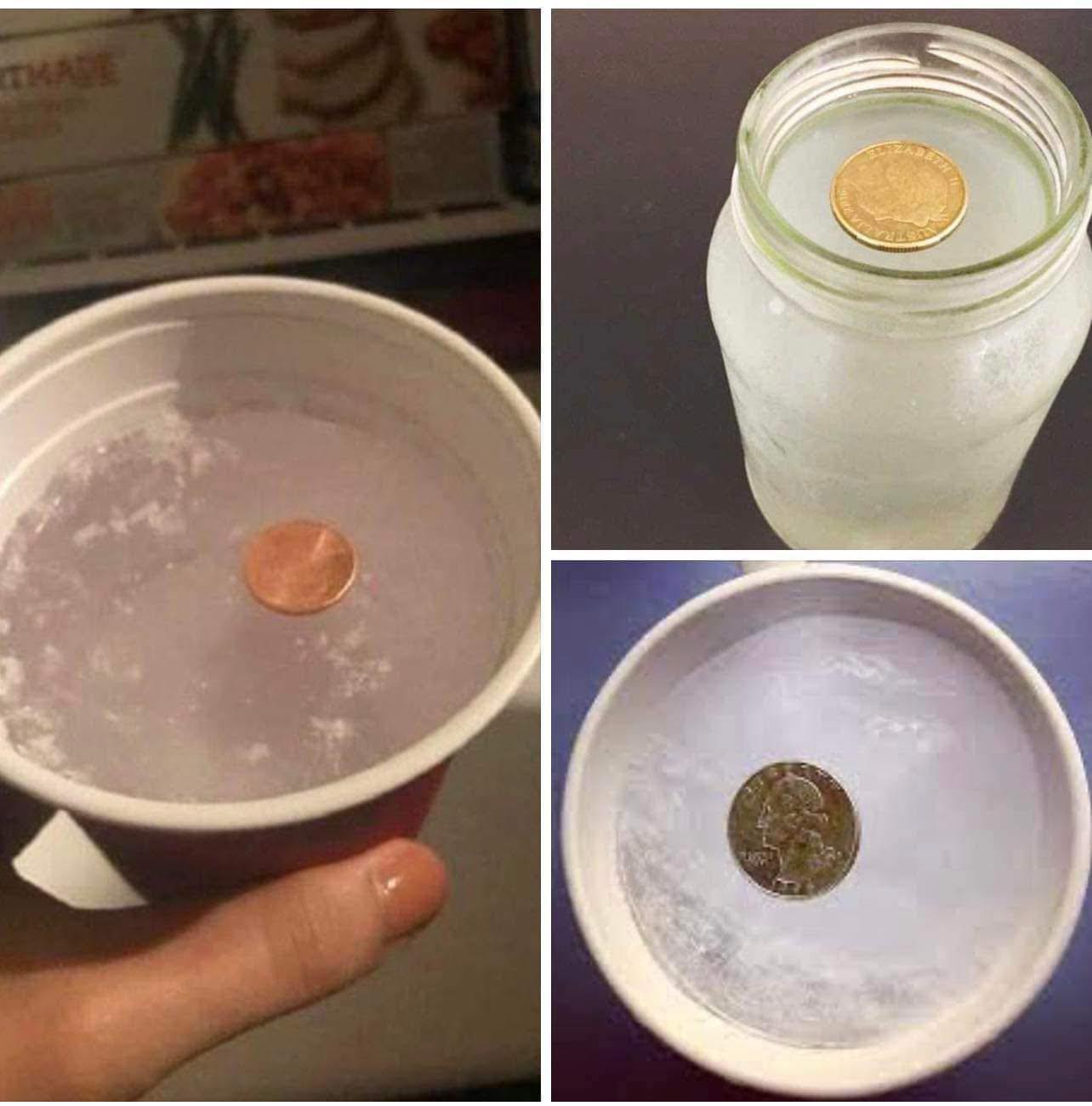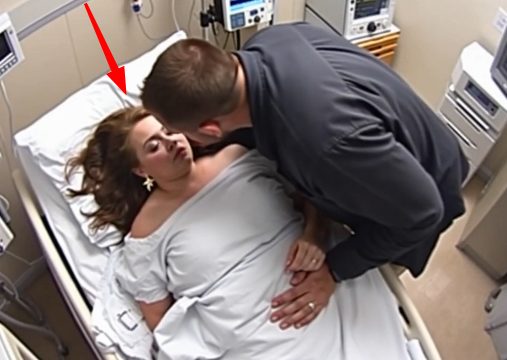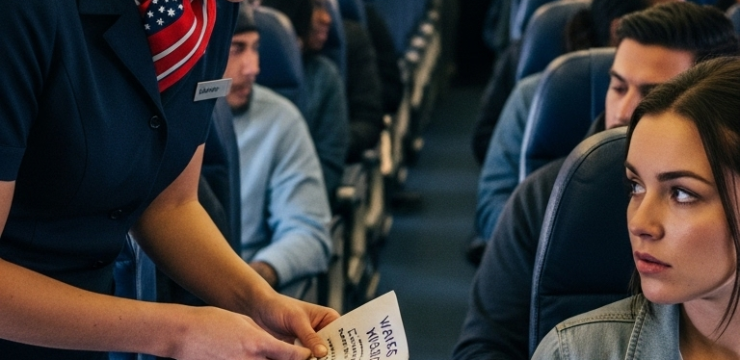If you’re planning to head out on vacation or be away from home for an extended period, there’s one incredibly simple trick you should know about before leaving—especially if you’re leaving food in your freezer. It’s not something most people think about, but power outages can happen without warning, and if they occur while you’re gone, your freezer could stop working temporarily, allowing your food to thaw and then refreeze without you ever knowing.

This can lead to spoiled food, which isn’t just unappetizing—it can be downright dangerous to your health. Thankfully, a clever trick involving nothing more than a cup of water and a coin can give you a clear answer about whether your frozen food stayed safely frozen or if it should be tossed. The idea went viral thanks to Sheila Pulanco Russell, who shared it on Facebook to help people keep their food safe during evacuations, but it’s just as useful for anyone taking a trip. Here’s how it works. First, take a regular cup or mug and fill it with tap water. Place it in your freezer until the water is completely frozen solid. Once it’s frozen, take a coin—typically a quarter or penny—and set it gently on top of the ice.
Then, simply leave the cup in the freezer and go about your trip as planned. When you return, take a look at the coin. If it’s still sitting on top of the ice, that means your freezer stayed cold the entire time and your food likely remained frozen and safe to eat. If the coin is at the bottom of the cup, it’s a sign that the ice melted completely at some point—meaning your food also thawed and then refroze. In that case, it’s safest to throw out the contents of your freezer to avoid any risk of foodborne illness. If the coin is in the middle, that likely means your freezer was off for only a short time and some thawing occurred, but not a complete melt. Still, use your judgment, and when in doubt, it’s best to play it safe. What makes this tip so valuable is how simple yet effective it is.
It’s easy to assume everything is fine when the freezer still feels cold upon your return. But freezers can refreeze food quickly, masking the fact that it was once warm enough to allow bacteria to grow. This coin-in-the-cup trick removes the guesswork. You don’t need any fancy tools or technology—just a coin, some water, and a bit of planning. And you don’t have to wait for a vacation to use this tip either. You can leave the cup in your freezer year-round as a passive indicator of any power interruptions that may occur without your knowledge. It’s a smart habit to develop, especially during storm seasons or in areas prone to outages. Even beyond emergency scenarios, this method promotes greater awareness of food safety and storage.
Perishable items can quickly become hazardous once they start to thaw, even if they look and smell okay. Reheating or refreezing food that has been exposed to unsafe temperatures doesn’t always eliminate harmful bacteria. That’s why tips like this are so useful—they help you make better, safer decisions based on visible, straightforward evidence. Sheila’s post has gained traction for good reason—it empowers people to protect their health with an easy step that anyone can do. Whether you’re evacuating due to weather, leaving town for the holidays, or simply want peace of mind about your frozen groceries, this trick is worth adopting. Ultimately, if you ever return home and find the coin at the bottom of the cup, don’t second-guess it. Trust the science behind the tip, and prioritize safety over saving a few meals. Food can be replaced—your health cannot. So next time you’re packing your bags, don’t forget to freeze that cup of water and top it with a coin. It might just be the smallest step that makes the biggest difference.





